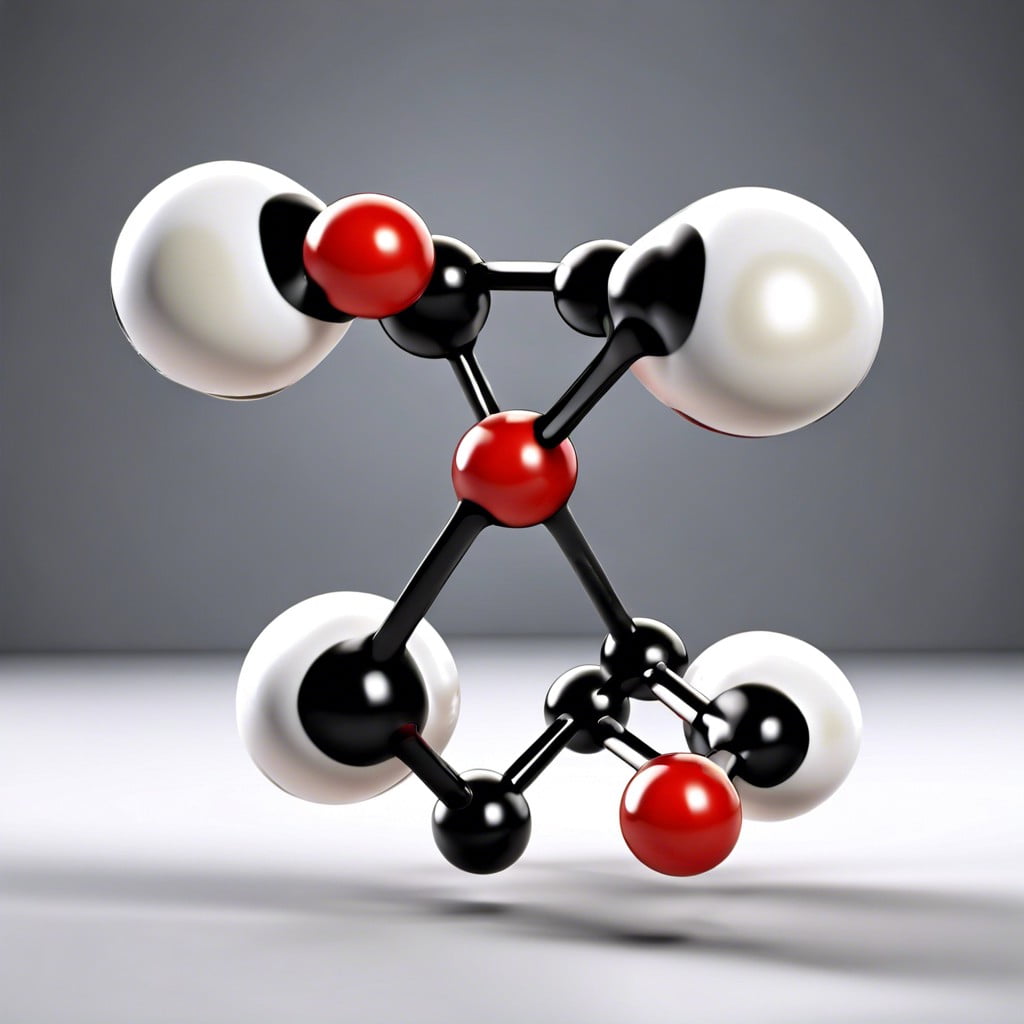Discover the versatile properties and uses of EVA polymer in the construction industry and how it enhances building materials.
Key takeaways:
- EVA is a versatile polymer used in construction and various industries.
- Its ratio of ethylene to vinyl acetate determines its softness and elasticity.
- EVA has excellent flexibility, resilience, and UV resistance.
- It is used in sealants, adhesives, footwear, packaging, and solar panels.
- EVA is safe, non-toxic, and recyclable with low environmental impact.
EVA Polymer Basics
EVA, or ethylene-vinyl acetate, is a pliable, rubber-like plastic widely used in various industries due to its excellent durability and flexibility. This co-polymer is created by combining ethylene and vinyl acetate, two compounds that lend the material its unique characteristics. The ratio of these two components can be adjusted to produce EVA with different levels of softness and elasticity, making it highly versatile.
EVA’s versatility is evident from its use in products ranging from sports equipment to packaging. Its capability to withstand stress and resist cracking under extreme weather conditions makes it ideal for outdoor applications. Furthermore, EVA is known for being resilient against UV radiation and waterproof, attributes that contribute to its use in the construction of solar panels and as padding in water-resistant clothing.
Additionally, EVA is popular in the consumer market, often found in foam form in items like shoe soles, children’s play mats, and even as cushioning in some electronic gadgets. Its shock-absorbing qualities enhance comfort and provide protection, thereby extending product life.
EVA’s popularity continues to grow as it proves to be an adaptable material with a balance of toughness and pliability that suits a myriad of applications.
Chemical Structure of EVA

EVA, or ethylene-vinyl acetate, is a co-polymer consisting of two distinct components: ethylene and vinyl acetate. The vinyl acetate segments are typically dispersed throughout the ethylene base.
- Ethylene is a hydrocarbon molecule which contributes to the polymer’s strength and stability.
- Vinyl Acetate introduces flexibility and elastic characteristics due to its larger, bulkier structure compared to ethylene.
The ratio of ethylene to vinyl acetate in EVA can vary, influencing the softness and flexibility of the material. High levels of vinyl acetate result in a softer, more pliable polymer, while higher levels of ethylene create a stiffer product.
The versatility of EVA comes from the ability to tailor these ratios during synthesis, thereby creating materials with specific desired properties for various construction applications. With the help of a catalyst, ethylene and vinyl acetate monomers are polymerized to create long chains with random co-monomer distribution, giving rise to EVA’s unique characteristics.
Properties of EVA
Ethylene-vinyl acetate (EVA) is renowned for its exceptional flexibility and resilience, which are largely dependent on the vinyl acetate (VA) content. As the VA content increases, the polymer becomes softer and more elastic. EVA is also resistant to stress-cracking and UV radiation, which makes it durable when exposed to outdoor environments.
This polymer boasts a low-temperature toughness that allows it to remain pliable in colder climates. It exhibits excellent transparency and gloss, possesses good low-temperature properties, and adheres well to various substrates. EVA’s versatility is enhanced by its ability to be processed by injection molding, extrusion, blow molding, and more.
Another notable property of EVA is its water resistance, which prevents degradation from moisture. EVA is also an effective barrier against gases, making it ideal for packaging applications. Regarding thermal insulation, EVA performs well, helping to maintain desired temperatures in products or environments.
Finally, this polymer has a relatively low cost and is considered safe for various applications, as it does not release harmful fumes during processing. It’s an attractive material for a wide range of uses due to these diverse and beneficial properties.
Primary Applications
EVA, known for its flexibility and resilience, is widely used in the construction industry. Its shock-absorbing qualities make it an ideal material for floor pads and runners, contributing to safer walkways and working environments. EVA also plays a role in sealants and adhesives, enhancing the durability and waterproofing abilities of buildings.
Beyond construction, EVA’s versatility extends to consumer goods. Footwear manufacturers incorporate EVA into shoe soles for comfort, and sports equipment makers use it for padding in helmets and protective gear.
In packaging, EVA’s resistance to cracking and ability to form a strong bond with other materials ensures sensitive items are securely encased during transport. This polymer also finds application in the automotive industry, utilized in components to reduce vibration and noise.
The solar industry benefits from EVA’s properties as well. Transparent EVA sheets are used as encapsulants in solar panels to protect cells from moisture and mechanical damage while allowing sunlight to pass through effectively. This application highlights EVA’s role in advancing renewable energy technologies.
Safety and Environmental Considerations
Ethylene-vinyl acetate (EVA) is known for being a safe and non-toxic polymer, widely used in various products, including toys, sports equipment, and even as packaging for food. It does not contain any known carcinogens or pose significant health hazards when used appropriately.
In terms of environmental impact, EVA is less biodegradable than natural polymers, which means it should be disposed of responsibly to minimize pollution. However, it can be recycled, which helps reduce its environmental footprint. Recycling facilities that accept EVA are not as widespread as those for other materials like PET or HDPE, but the number is growing.
During the production phase, manufacturers aim to minimize EVA’s environmental impact by following regulations designed to control emissions and reduce energy consumption. When burned, EVA does not release significant amounts of harmful substances compared to other synthetic polymers.
The adhesive and construction industries greatly benefit from EVA’s low-temperature flexibility and waterproof properties, making products more durable and reducing the need for frequent replacements. This indirectly contributes to the conservation of resources and promotes sustainability in construction practices.
Recap




